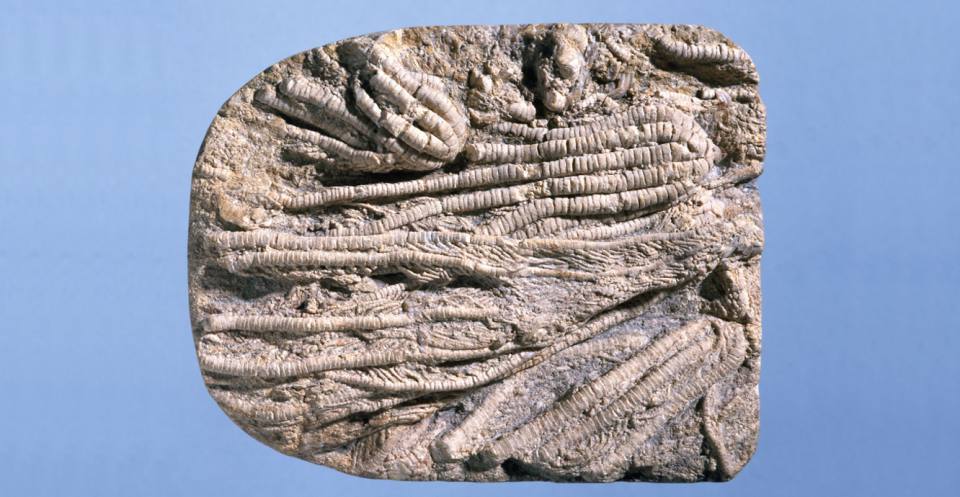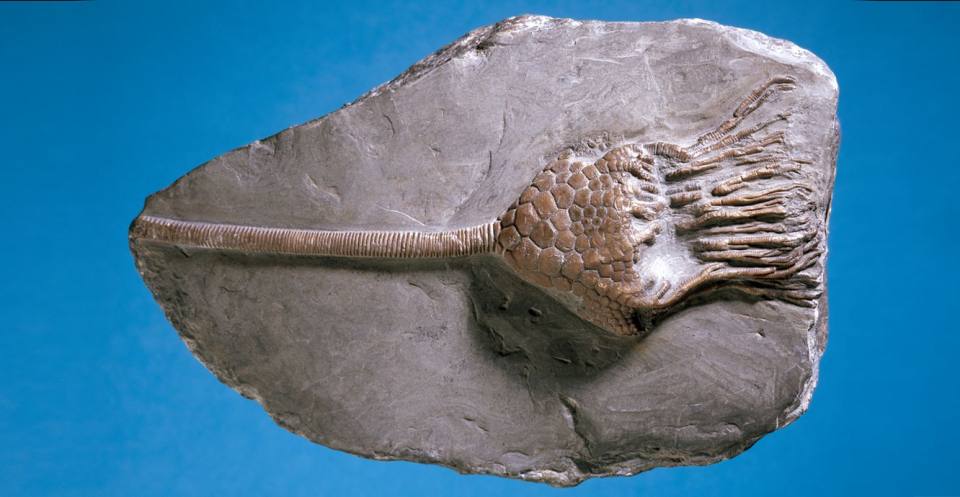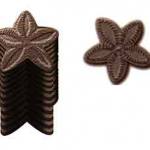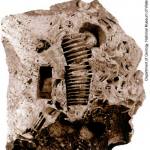Crinoids through time
Crinoids are common fossils in the Silurian rocks of Shropshire, in the Early Carboniferous rocks of Derbyshire and Yorkshire, and in the Jurassic rocks of the Dorset coast and Yorkshire (Robin Hoods Bay).


Liliocrinus? prattii (Gray, 1828) Jurassic. BGS ©UKRI. All rights reserved.



Sagenocrinites expansus (Phillips in Murchison, 1839) Silurian. BGS ©UKRI. All rights reserved.

Myths and legends


Gwiezdne kamienie. BGS ©UKRI. All rights reserved.
Krinoidy są czasami określane jako „Sea Lillies” ze względu na ich podobieństwo do roślin lub kwiatów. In parts ofEngland, the columnals forming the stem are called fairy money, and star-shapedexamples of these were associated with the sun by ancient peoples, and givenreligious significance. Robert Plot (1640-1696) nazwał te gwiaździste formy starstones.
Polerowane płyty wapienia krynoidalnego tworzą atrakcyjny kamień ozdobny. W Derbyshire, wapień czasami zawiera wewnętrzne formy fragmentów łodyg krynoidów, które mają wyraźny wzór przypominający śrubę i zostały nazwane screwstones.


Screwstone. ©National Museum of Wales.
Kolumny tworzące łodygę mogą być czasem nawleczone na naszyjnik, a nazwa koraliki św. Cuthberta odnosi się do świętego związanego z legendą o robieniu z nich różańców.
Modele skamieniałości 3D
Wiele skamieniałości w zbiorach paleontologicznych BGS jest dostępnych do obejrzenia i pobrania jako modele 3D. Aby obejrzeć tę skamieniałość, lub inne podobne, w 3D odwiedź GB3D Type Fossils.